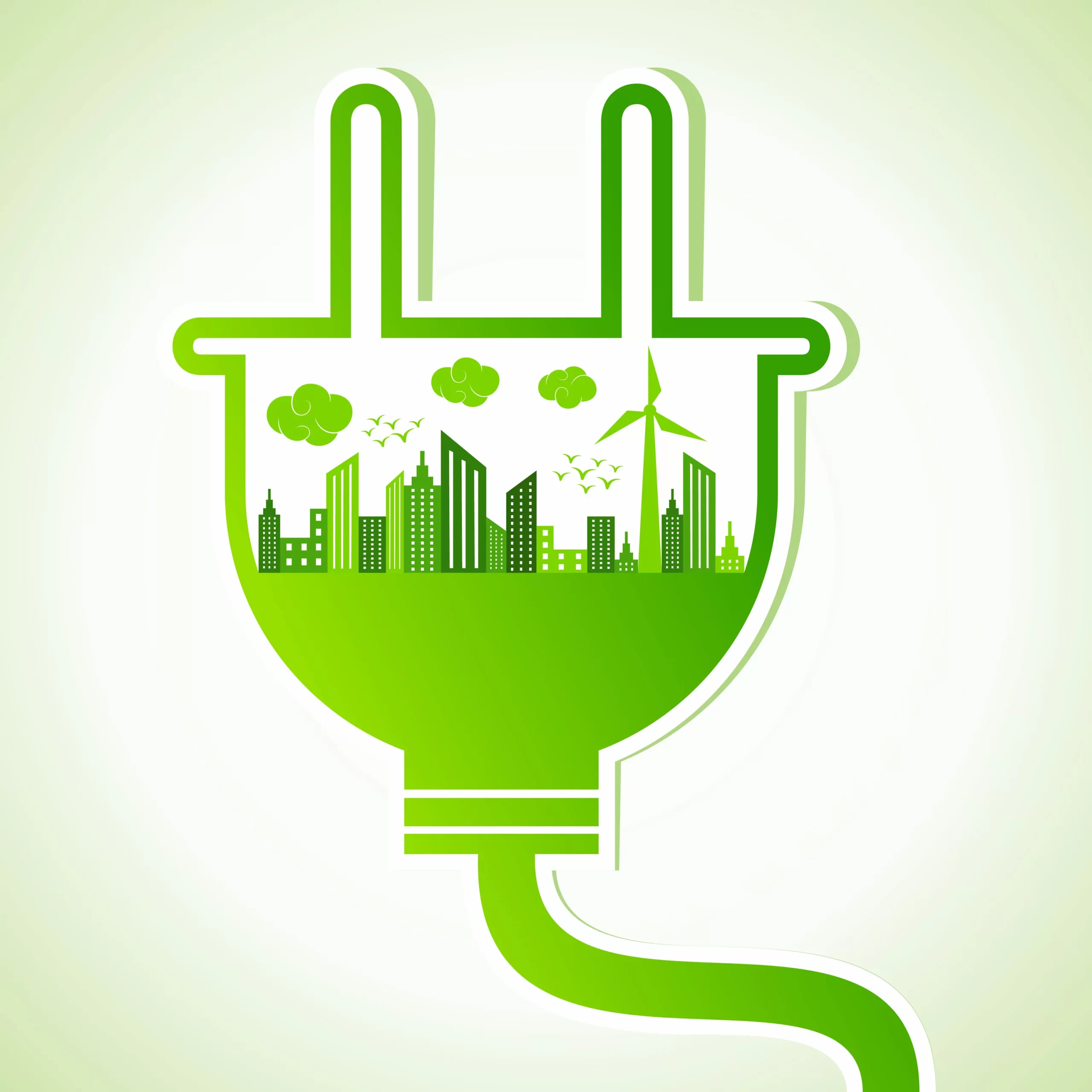

Table of Contents
You don’t need to be a hardcore environmentalist to know that cutting your energy costs is good and reducing your carbon footprint is even better. Don’t get us wrong, we love the Earth, but investing large amounts of money in fancy eco-friendly technology and sustainable practices is counterproductive if these measures are not implemented for maximum positive impact.
Commercial property owners and facility managers looking to make green changes to their buildings should be commended. Why?
1. Keep costs low
Many budget-conscious businesses increasingly want to monitor their energy consumption so they can better control both usage and cost. Monitoring energy intake is good for everyone—it helps keep costs down and reduces the strain on aging power grids, which are consistently overtaxed in the summer to the point of brownouts—or worse—total outages.
2. Attract likeminded consumers
Green businesses appeal to people who care about the environment and want to promote a healthy lifestyle, so they tend to attract patrons looking for all of the amenities of a standard business, plus additional options that focus on enhancing comfort and energy savings in an environmentally conscious setting.
3. Stand for something
Today’s consumers – especially the younger crowd – are becoming more and more concerned with environmental causes and they want their favorite brands to share their values. Your green efforts could be the reason they choose to support your business over your competitor’s.
Can your building do all of that? If the answer is yes, you’re in good shape, but don’t get your hopes up. Without the proper technology to tell you how many people are coming and going and what times the building is at maximum capacity, you probably won’t see the promised savings.
Thermal people counting sensors provide accurate readings of the number of people who enter different areas of the building every day. These sensors are more accurate then motion detectors and they don’t make distracting sounds as people pass by.
1. Energy
Knowing how many people come in each area of your building will help you determine which sustainable practices you want to continue and pinpoint where you are wasting money. Overhead sensors such as image processing imaging people counters or thermal people counting systems will tally how many people occupy the spaces in your property and at what times—which is especially useful when creating estimates for energy consumption and related expenses.
2. Heating and cooling
One of the larger expenditures a property owner has is heating and cooling. Maintaining a base building temperature so the pipes don’t freeze in the winter is smart, but blasting heat at all hours of the day is a poor decision. In addition to providing tenants with optimum temperatures, a central management system can be set according to your sensor data, which helps save energy by avoiding the over-heating or over-cooli
3. General usage
This data can also be used to create a detailed history of each area of the building and track how usage has risen or fallen over time. This will allow you to see the performance of your sustainable technologies and ensure that you are making smart investments.
For example, if your tracking system shows that less employees are coming to work on Fridays in the summer but you see that your energy usage has remained the same or gone up, you may want to take a closer look at those spaces and see if the technology—LED light bulbs, low-flow toilets or less air conditioning usage—are really paying off.
If you determine that those improvements aren’t performing as they are supposed to, then it’s time to reallocate those resources and make eco-friendly choices that will have a more tangible effect.